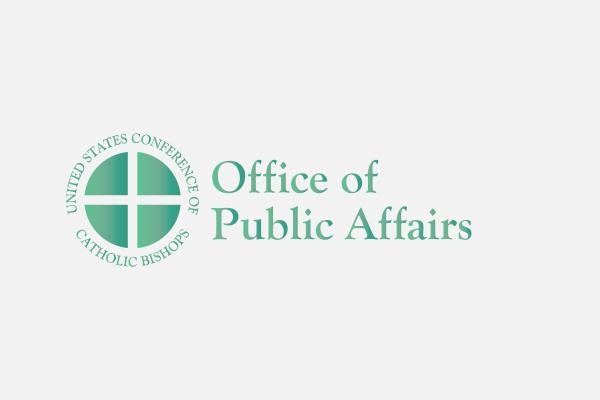Lutheran-Catholic Dialogue Meets to Finalize Document On The Church As Koinonia Of Salvation: Its Structures and Ministries
WASHINGTON (December 9, 2003) -- Finalizing a text on the long-awaited study of The Church as Koinonia of Salvation: its Structures and Ministries was the primary task of the recent meeting of the Lutheran-Catholic Dialogue in the United States.
WASHINGTON (December 9, 2003) -- Finalizing a text on the long-awaited study of The Church as Koinonia of Salvation: its Structures and Ministries was the primary task of the recent meeting of the Lutheran-Catholic Dialogue in the United States. This extensive study will be completed and made public next April, in Milwaukee.
The meeting took place at St. Paul's College here, December 4-7. Bishop emeritus Charles Maahs and Auxiliary Bishop Richard Sklba of Milwaukee co-chair the Dialogue.
The Lutheran-Catholic Dialogue was established in 1965. The tenth round of the Dialogue began in 1998 with the theme The Church as Koinonia of Salvation: its Structures and Ministries. Koinonia, or communion, is the New Testament designation of the Church, its unity in faith, sacraments, and decision making, which expresses union with God and with one another.
The 1999 signing of the Joint Declaration on the Doctrine of Justification by the Catholic Church and the churches of the Lutheran World Federation marked a new stage in the relationship between these two churches on the road toward full communion. It put to rest the division of the sixteenth century over the relationship between grace and good works in God's plan of salvation. It did not, of course, resolve all of the issues that keep these churches divided.
On the basis of this agreement and nine previous rounds of biblical and theological research, a team of 20 scholars has been working to provide a report on issues that still divide Lutheran and Catholic churches. In spite of agreements on grace, the Eucharist, and an impressive array of other issues that once divided the churches, there are still differences on ordained ministry, priesthood and bishops, that need to be resolved. Also, Lutherans have traditionally emphasized the local parish and its minister as the focus of local church, while Catholics have emphasized the diocese with its bishop as embodying the local church. Research in this study has shown the similarities and complementarities of Lutheran and Catholic understanding of church life and ministry.
On the basis of this research, the dialogue will make ten recommendations to the Evangelical Lutheran Church in America and to the Catholic Church. These recommendations are expected to enhance the mutual agreement, understanding and practice of living together that can embody the real, if yet imperfect, communion that is realized on the diocese/synod and parish/congregation levels. The agreement is also expected to fill out the implications of the Joint Declaration and recommend ways of strengthening the bonds of communion between the people and ministers of the churches.
The meeting also discussed the publication that will result from this round of the dialogue, and began work on proposing a topic to the churches for the next, eleventh round.
"It has been a privilege to work with a group that shows how the Spirit calls us into community," Bishop Maahs said. "This dialogue has been an exercise in rigorous, critical thinking and has been blessed by the gift of koinonia. This has enabled the dialogue, with our agreement and with our differences, to reflect 'a firm belief in the church as koinonia of salvation.'"
Said Bishop Sklba: "Five years of intensive and meticulous research have produced a striking consensus within our dialogue group. It has become very clear to me that the differences between our respective Lutheran and Catholic notions and practices of ministry are not church dividing. We continue to pray for the gift of reconciliation for our churches."
During the meeting, participants worshipped with the Paulist community at St. Paul's College and at Reformation Lutheran Church on Capitol Hill.

